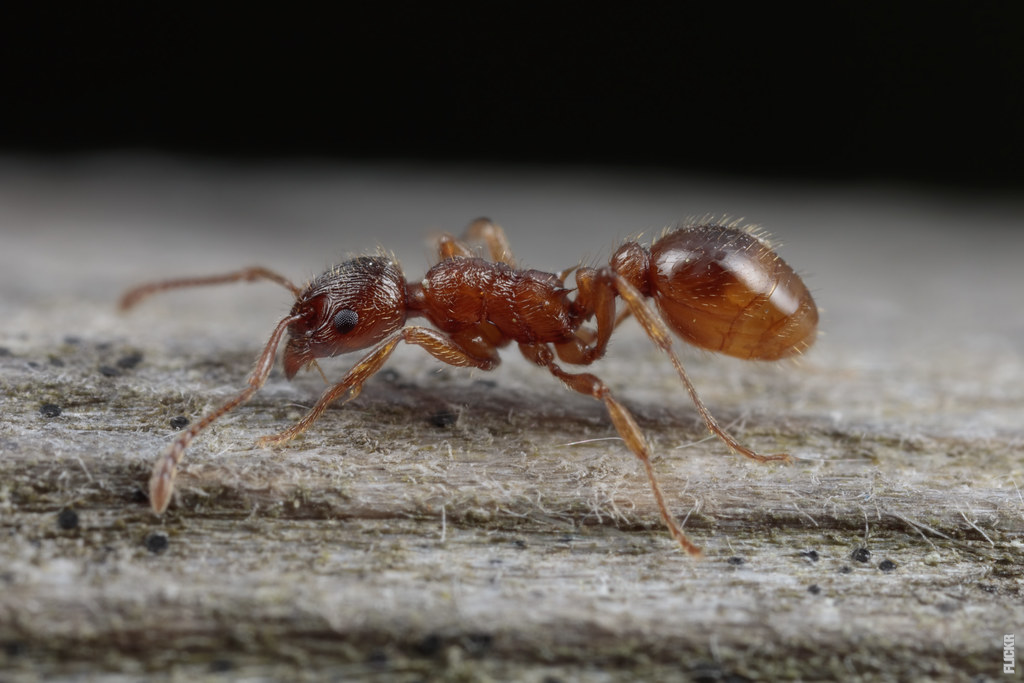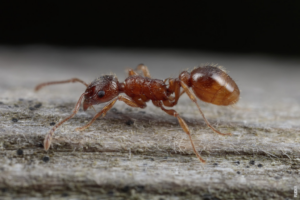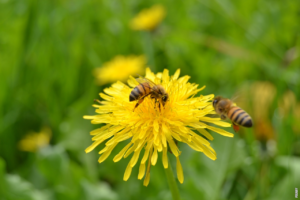Introduction
Ants, the tiny creatures that often go unnoticed, are in fact fascinating social insects. They form highly organized communities called colonies, where each individual has a specific role and contributes to the overall success of the colony. Let’s dive into the intriguing world of ant societies and discover how these remarkable colonies are formed and thrive.
The Birth of a Colony
Ant colonies begin with the reproduction of the queen. When conditions are favorable, the queen ant mates with a male, after which she establishes her own colony. She digs a small hole in the ground and lays her first batch of eggs, which will eventually hatch into worker ants. These workers assume the responsibilities of expanding the colony, foraging for food, and caring for the queen’s offspring.
Division of Labor
Once the initial workers emerge, the colony starts to grow, and division of labor becomes crucial. Different castes of ants develop, each with specific tasks. The largest ants, known as soldiers, defend the colony from intruders. Smaller worker ants gather food, build and repair the nest, and care for the young. The queen’s sole purpose is to produce more offspring, ensuring the colony’s survival.
Communication and Cooperation
Ants communicate and cooperate through the use of chemical signals called pheromones. These chemical messages allow ants to coordinate tasks, locate food sources, and recognize nestmates. For example, when a worker ant finds a food source, it leaves a trail of pheromones on its way back to the nest, enabling other ants to follow the scent and find the food as well. Cooperation is crucial for the success of the colony.
Expansion and Colony Growth
As the colony expands, new nests are established to accommodate the growing population. Ants use various methods to create these satellite nests, such as digging tunnels or occupying preexisting cavities. Some ant species even construct elaborate structures, like leafcutter ants that cultivate fungus gardens inside their nests. These expansions allow the colony to thrive and adapt to changing environments.
Post
Post
Challenges and Adaptations
Ant colonies face numerous challenges, including predators, competitors, and environmental changes. To overcome these obstacles, ants have evolved remarkable adaptations. Some ants, like the army ants, form temporary moving colonies that can quickly relocate to find food. Others, such as the desert ants, navigate by using landmarks and the position of the sun. These adaptations ensure the survival and resilience of the colony.
The Circle of Life
Ant colonies are not eternal. Eventually, the queen’s reproductive capabilities decline, and the colony weakens. However, before the colony fades away, the queen produces a new generation of winged ants, known as alates. These alates leave the nest in a mass exodus, mate, and establish new colonies, continuing the cycle of life.
Conclusion
The formation of ant colonies is a fascinating process, driven by the cooperation and division of labor among individual ants. From the humble beginnings of a queen and a few workers to the complex societies they create, ants truly demonstrate the power of collective effort. As we delve deeper into the intricate world of ant societies, we gain a greater appreciation for the remarkable way in which these tiny creatures form and sustain their colonies.



